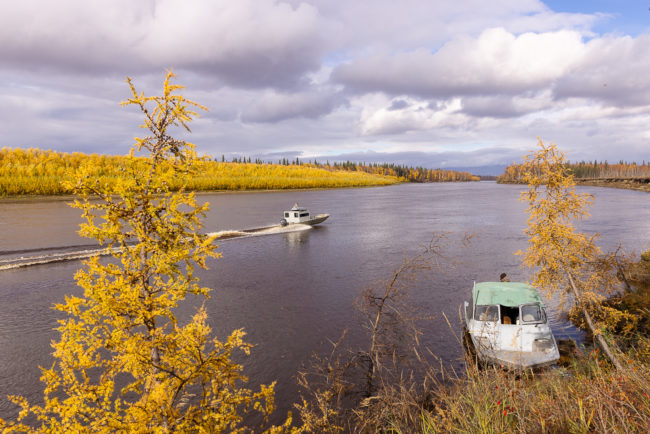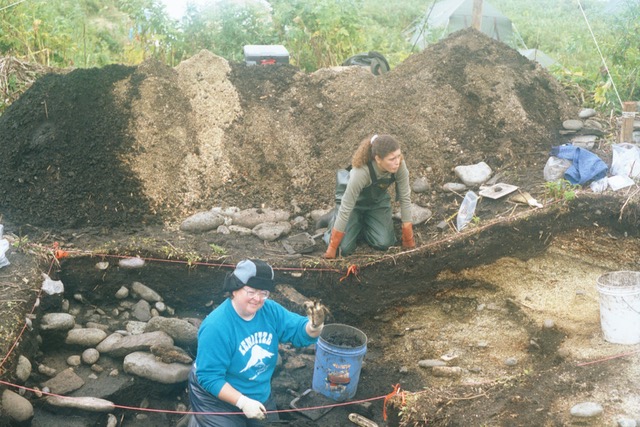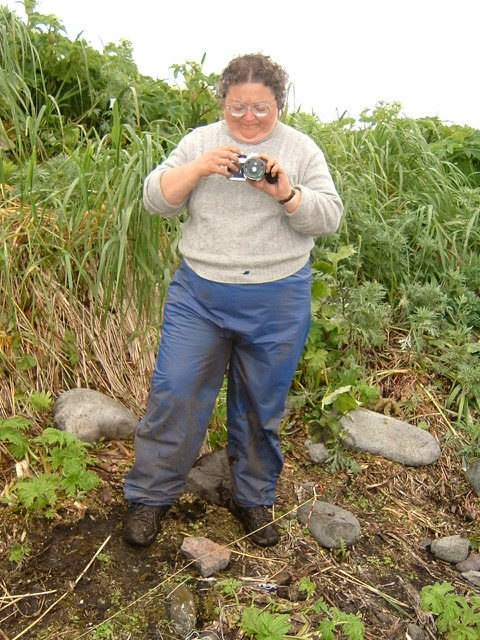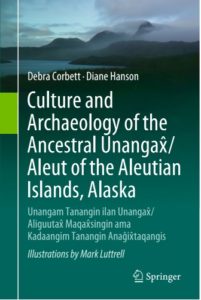Friends Membership Meeting
This event was held on Tuesday, March 19, 5-6 pm AKDT
- Homer – Watch Party at Alaska Maritime Refuge Visitor Center, 95 Sterling Hwy.
- Soldotna – Watch Party at Kenai Refuge Visitor Center on Ski Hill Road
- Anchorage– Watch Party at BP Energy Center, Spruce/Willow Room, 1014 Energy Ct.
Three wildlife-rich refuges along the central Yukon River are named after the rivers that define them – Koyukuk, Innoko and Nowitna. Ecologically speaking, these rivers are the heart and lifeblood of the three National Wildlife Refuges. They are also the primary access to the refuges for the people of the central Yukon and beyond. Refuge Manager David Zabriskie who is the manager for all three refuges, will share with us his work to protect the Nowitna River, a National Wild and Scenic River, and more broadly the role all three of these rivers play in the lives of the wildlife and the people of the Central Yukon River Watershed. For a preview of this beautiful river David will be sharing with you, check out this two minute video.
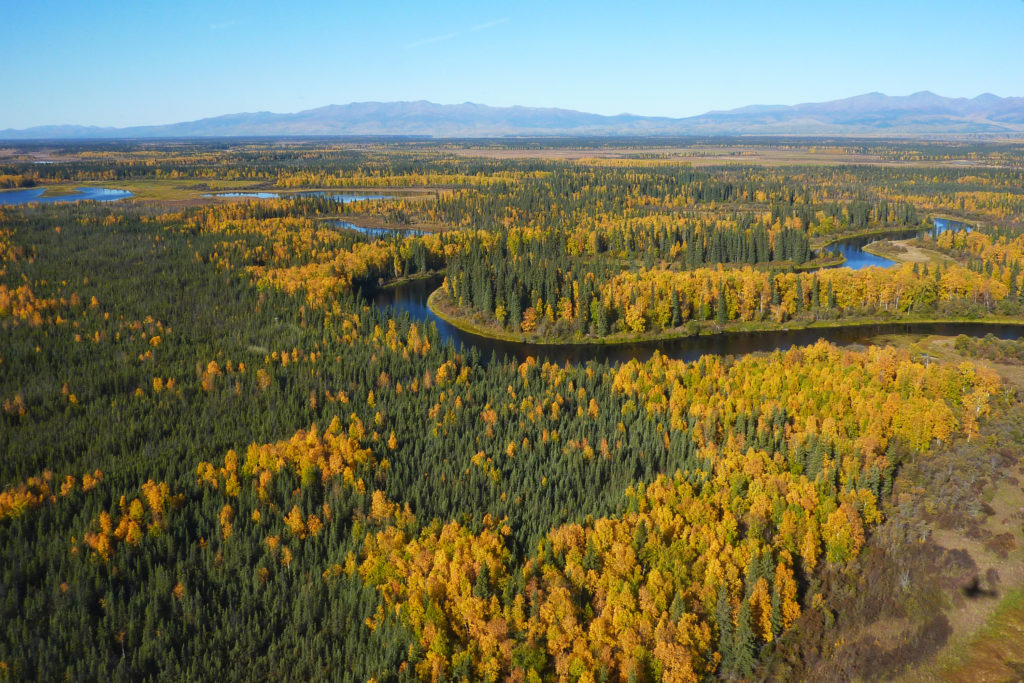
The Nowitna River with the Kokrine Hills in the background. pc: USFWS
David Zabriskie’s Bio: After working as a U.S. Navy Aviation Electronics Technician for four years, David pursued his passion for conservation, completing a bachelor’s and master’s degrees in wildlife/forestry and began his Fish and Wildlife Service career through the Student Career Experience Program at Wheeler National Wildlife Refuge in Alabama. From there, he gained valuable experience working in the diverse landscapes of Mississippi, remote Pacific Islands, Tennessee, Alaska, and Arizona before returning to Alaska to work in Galena as the Deputy Manager and now Refuge Manager.
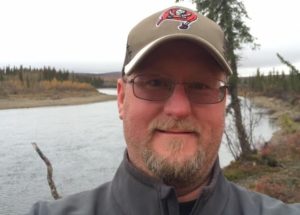
David Zabriskie on the Selawik Refuge
David’s travels have provided him with the opportunity to work with diverse partners and communities across the country on amazing rivers like the Tennessee River and Colorado River. He has also led the Alaska Region’s first Comprehensive River Management Plan for the Nowitna Wild and Scenic River. In his spare time, David’s interests in photography and herpetology often lead him to remote locations around the planet for new discoveries.
